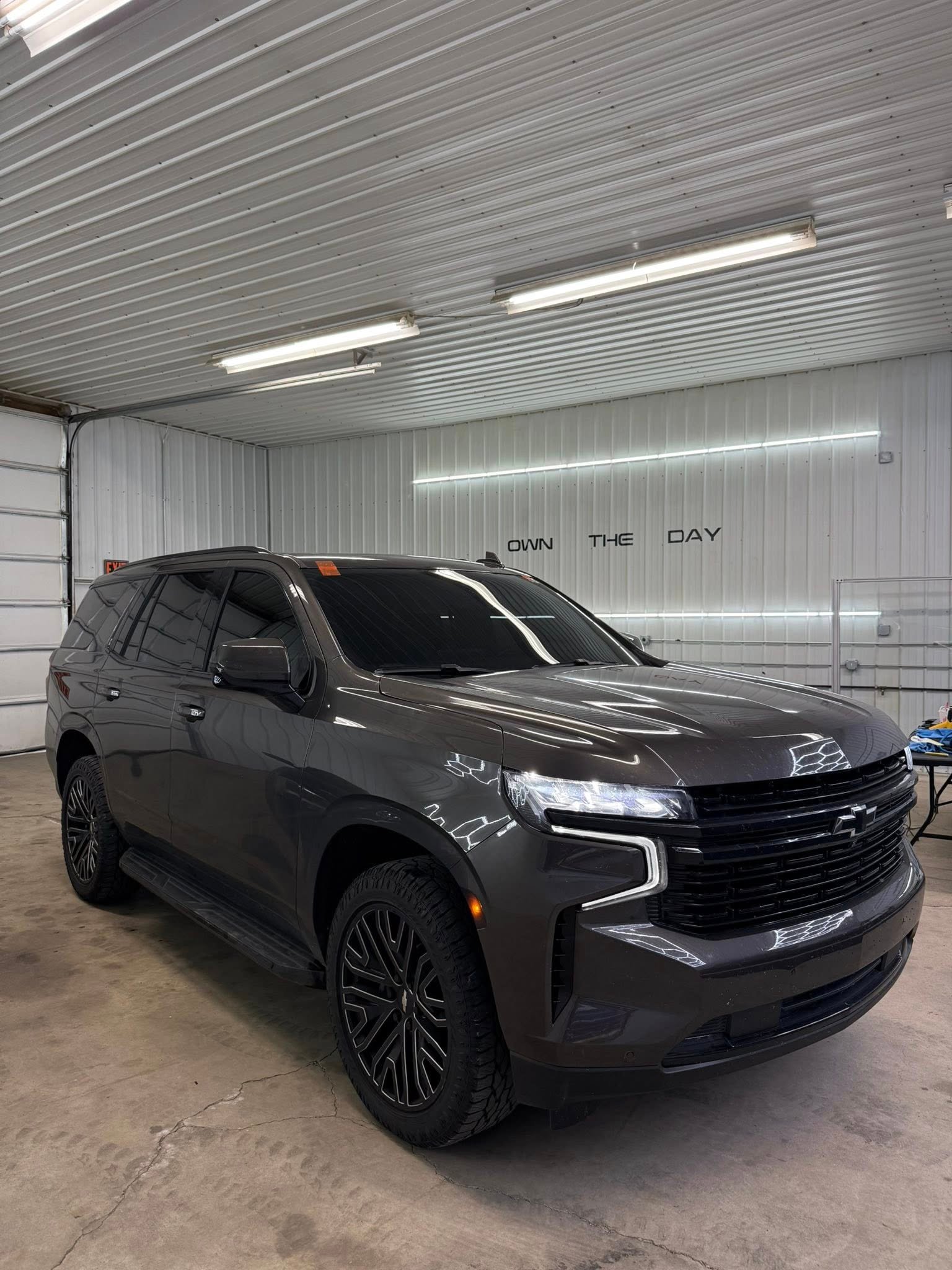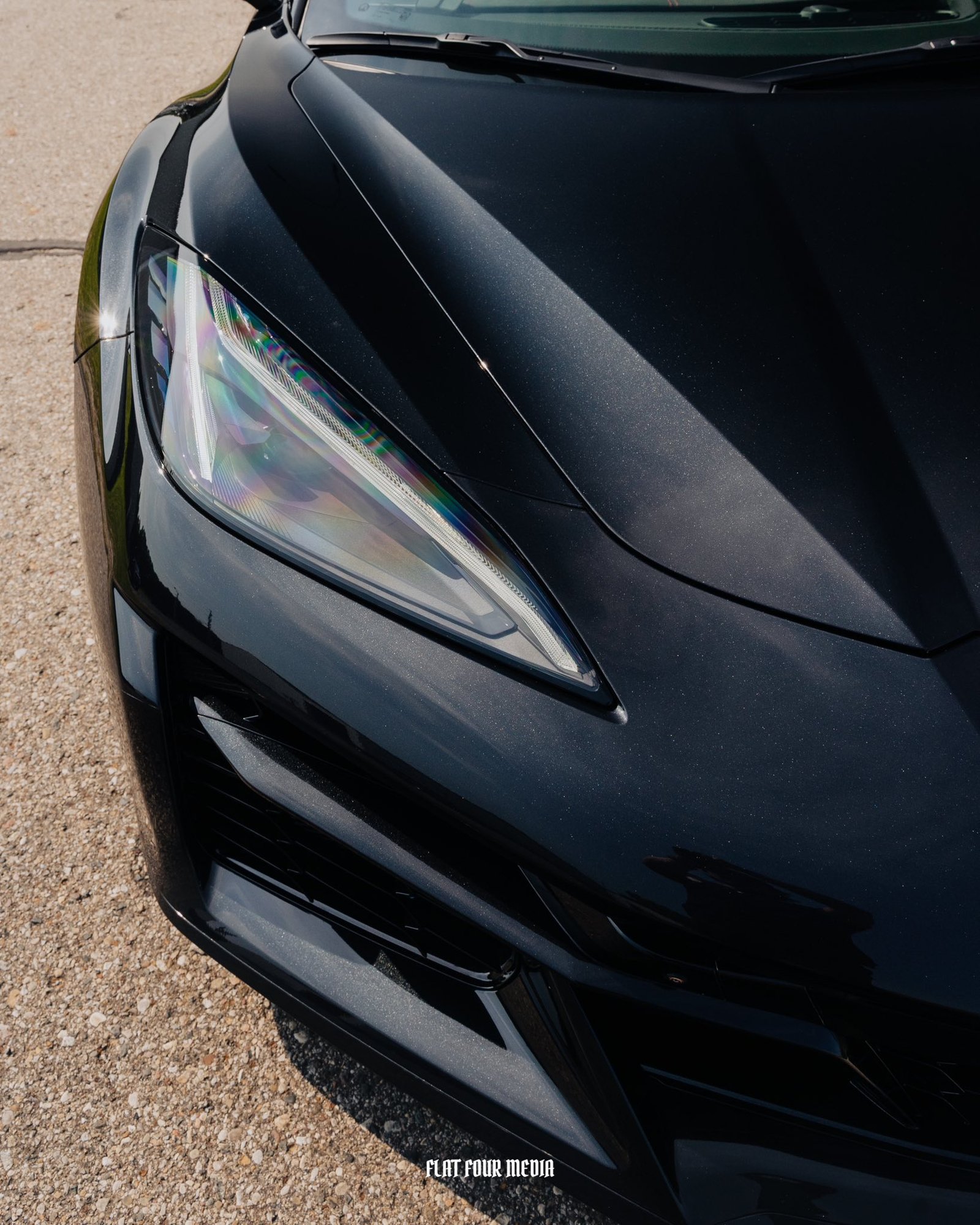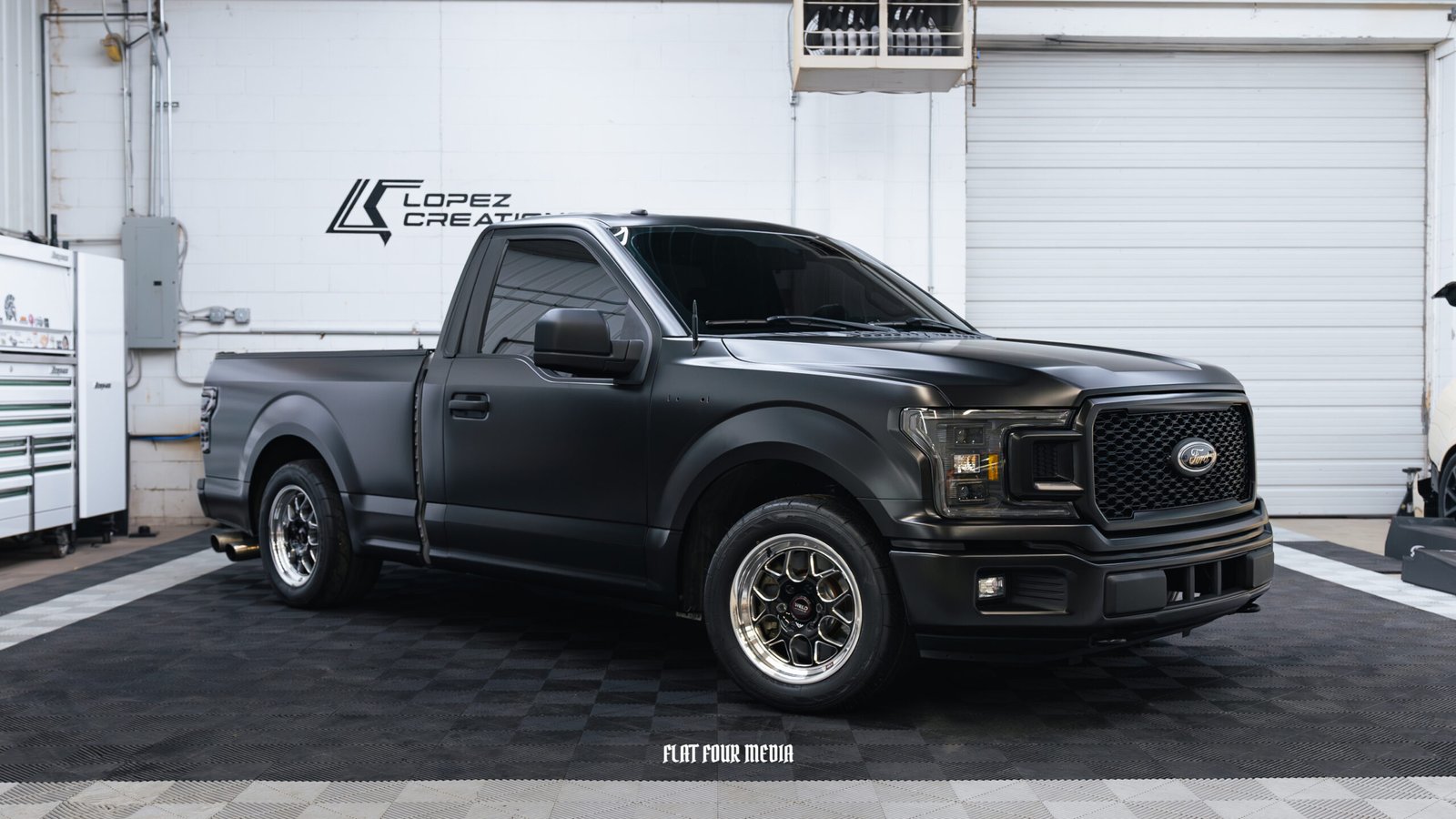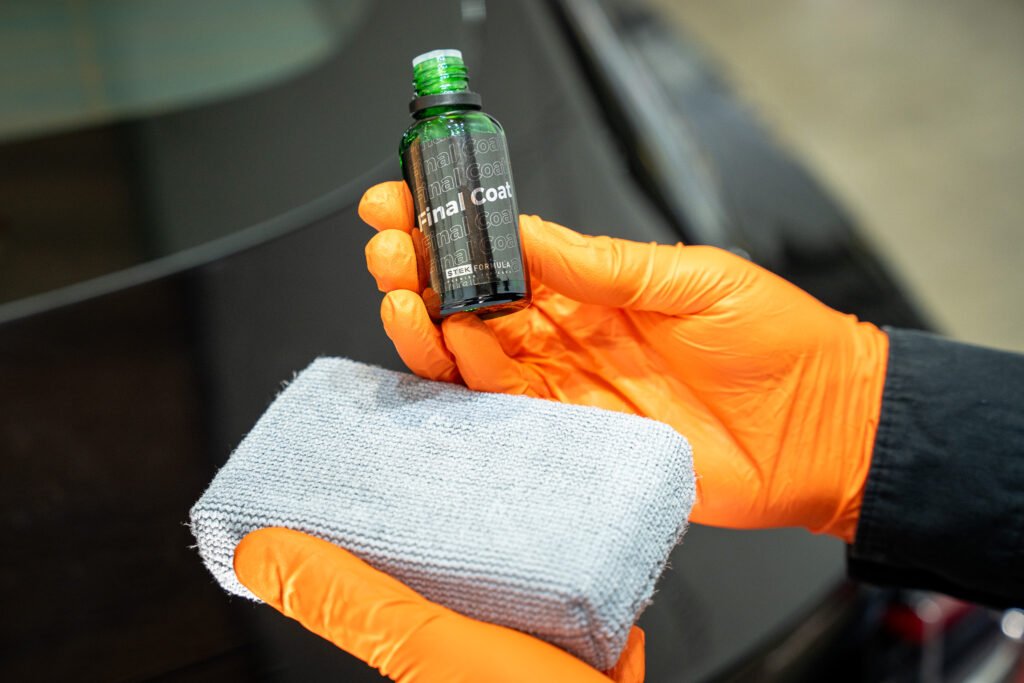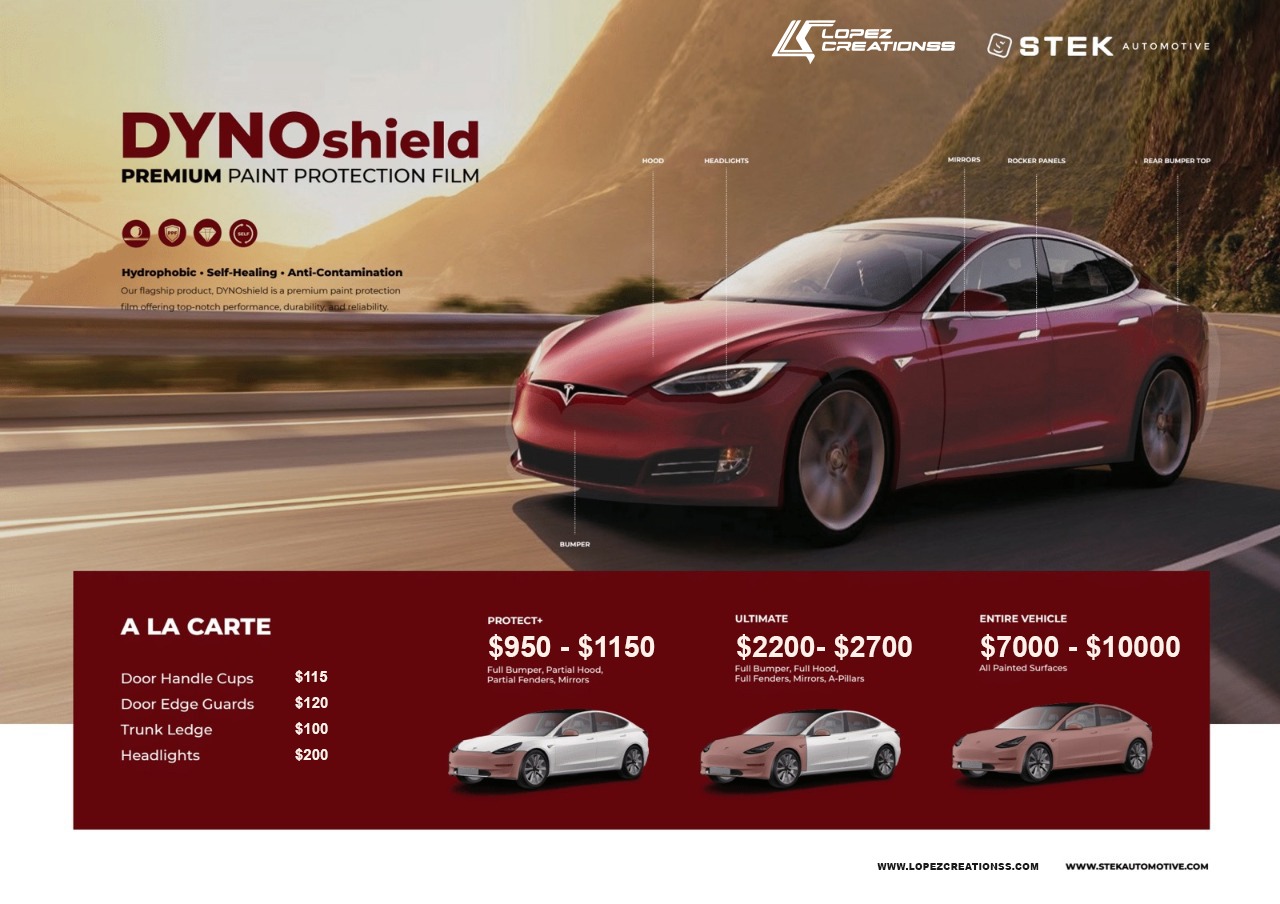Wondering about window tinting cost this year? Pricing varies by the window tint installer you choose, the brand of tint, vehicle type, film grade, and options like visor strips or sunroofs. This guide explains typical ranges, what changes the price, and how to save without sacrificing quality.
Situation → Complication → Question → Answer
- Situation: You want cooler cabins and UV protection at a fair price.
- Complication: Quotes vary widely and some do not list film brand or warranty.
- Question: What should you expect to pay in 2025 and how do you avoid surprise fees?
- Answer: Learn price drivers, compare written quotes by brand and series, and verify legal VLT to prevent rework and tickets.
TL;DR
Costs depend on door count and film grade. Ceramic films cost more than carbon films but perform better. Most installs are same day, with several days of cure time before rolling windows down.
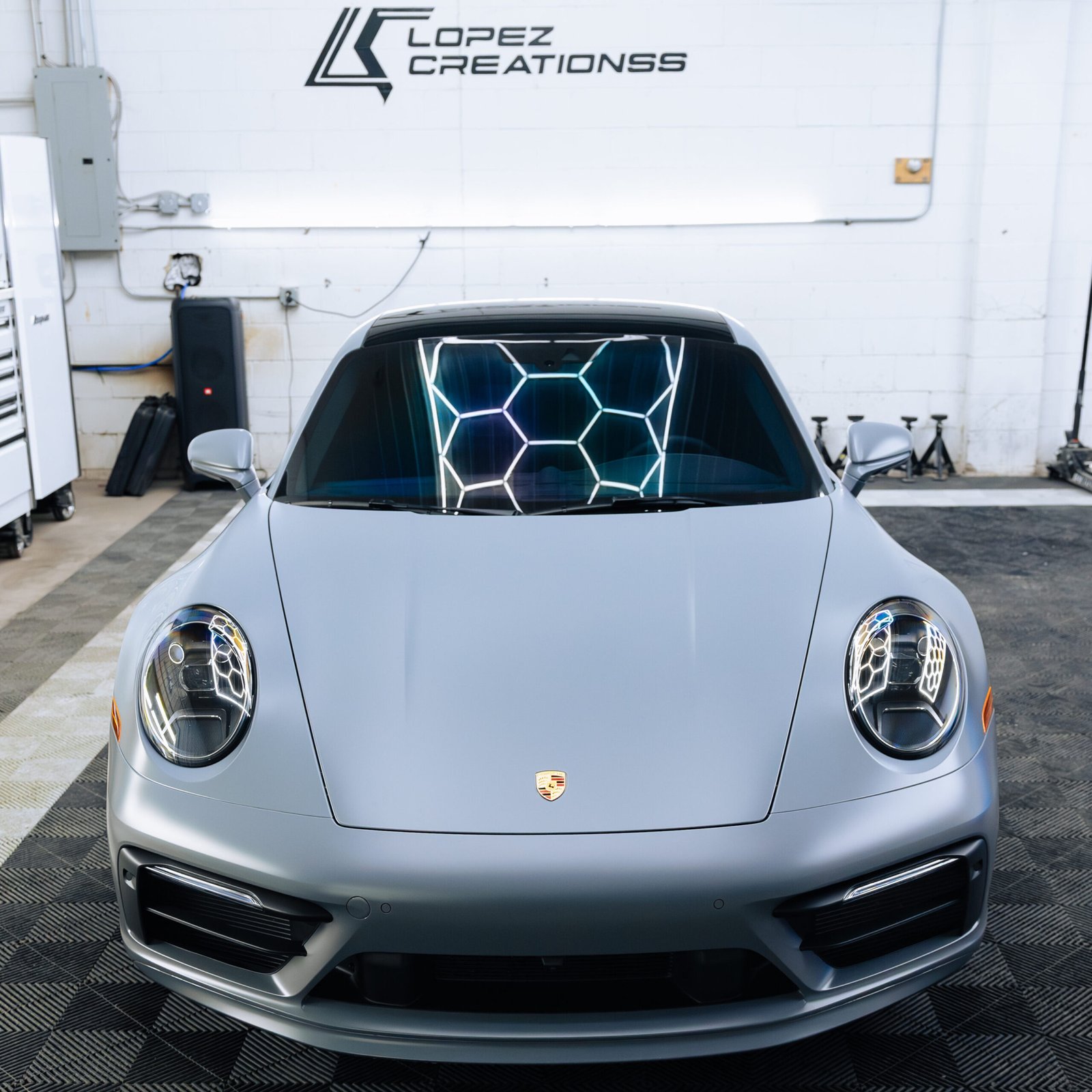
Outline
- Typical price ranges by vehicle type
- Coupe, sedan, SUV, truck
- Film grades and how they change price
- Dyed, carbon, ceramic, IR nanoceramic
- Add ons that increase cost
- Visor strip, windshield, sunroof, removal
- Warranty and legal factors
- How to save without sacrificing quality
- Booking steps for a smooth install
How window tint costs are calculated
Prices that look too good often involve lower grade films or shorter warranties. Learn the real factors so you can compare apples to apples and choose the best value.
Typical price ranges by vehicle type
- Coupe: Often similar or slightly higher than sedans due to larger curved glass.
- Sedan: Baseline pricing for four or five windows.
- SUV: More glass area and optional cargo glass raise price.
- Truck: Two doors cost less, crew cabs cost more, and rear sliders can add labor.
Film grades and how they change price
- Dyed: Entry level. Lowest price, basic glare control.
- Carbon: Color stable with better heat rejection. Mid price.
- Ceramic: Higher clarity and heat rejection. Premium price.
- IR nanoceramic: Top tier heat rejection with very light shades available. Highest price.
Add ons that increase cost
- Windshield: Legal only in some regions. Very light, high clarity films recommended.
- Sunroof or panoramic roof: Additional square footage and heat shrinking time.
- Visor strip: Small add on fee.
- Removal: Old tint removal adds labor. Adhesive heavy removals cost more.
- Specialty requests: Two tone shade mixes or custom patterns.
Warranty and legal factors
- Longer warranties and brand backing add value and can affect price.
- Legal compliance matters. Illegal VLT can cost tickets and rework. Ask for a meter reading to confirm before leaving.
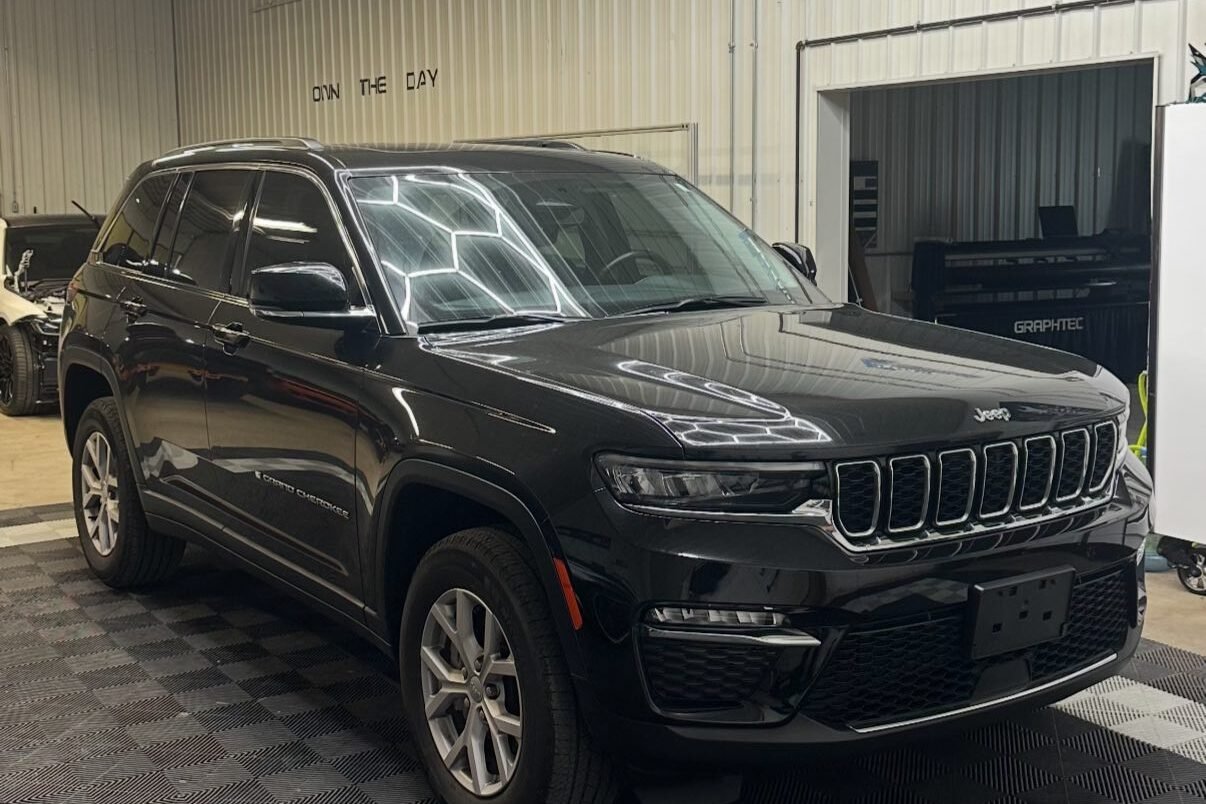
How to save without sacrificing quality
- Choose carbon instead of ceramic if budget is tight but you still want color stability and signal friendly performance.
- Tint only the front doors to match factory privacy glass in the rear.
- Bundle work on the same day to reduce scheduling costs.
Booking steps for a smooth install
- Choose goals and film tier
Decide on comfort, style, or both. Pick dyed, carbon, ceramic, or IR nanoceramic.
- Check local laws
Confirm legal VLT by window position for your vehicle.
- Gather quotes
Request written quotes with brand, series, shade, warranty, and any removal fees. (Expert tip)
- Confirm timeline
Most jobs finish same day. Ask about cure time and when you can roll windows down.
- Pickup inspection
Inspect edges, look for bubbles, and tears before you leave. (Expert tip)
Cost / Time / Risks of window tint
Cost: Varies by film grade and door count. Add ons like sunroofs, windshield, and removals increase price.
Time: Most installs are same day. Curing takes several days before rolling windows down.
Risks: The cheapest bids may use unbranded films with weak color stability and limited warranty support.
Key Takeaways
- Film grade and glass count drive price more than anything else.
- Carbon and ceramic cost more than dyed but perform better and last longer.
- Always get brand, series, and warranty in writing and verify legal VLT.
- Most installs are same day with several days of cure time.
Still unsure, or have a unique option? We offer free quotes on all vehicles.
Want exact pricing for your vehicle and film choice? Contact Lopez Creationss we provide clear, written estimates and fast scheduling.
Vehicle type, door count, film grade, add ons like sunroofs or windshields, and any tint removal.
SUVs typically cost more due to more glass and optional cargo area tinting. Sedans are often the baseline price.
If you want higher heat rejection and clarity, yes. Ceramic provides better comfort at lighter shades.
Sometimes. Ask for a line item on the estimate for visor strips and any windshield work.
Yes. Removal adds labor and can increase cost if adhesive is stubborn.
Longer, brand backed warranties add value and may increase price slightly, but they protect your investment.


